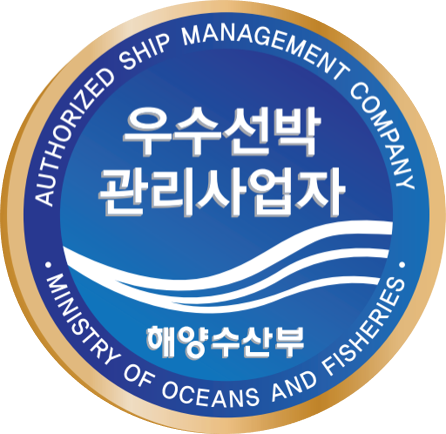Brazilian soya bean damage claims in China: What to know
페이지 정보
작성자 최고관리자 댓글 0건 조회 1,265회 작성일 21-06-08 10:27본문
Brazilian soya bean damage claims in China: What to know
by The Editorial Team
Due to the wet weather in Brazil at the beginning of the soya bean harvesting season, Standard Club received information from the local surveyors in China that so far heat and mouldy damaged cargo has been found on seven ships.
As explained, most of those cargoes were exported from Itaqui. In some of those cases, the moisture content of the soya bean cargo was observed to be 20-30% before being loaded on the ship.
Standard Club along with its local correspondent in Brazil (Representacoes Proinde Ltda) issued a guidance(첨부참조) for members with ships engaged in carriage of soya beans, so as to avoid similar cargo damage claims.
Soya bean loading and stowage
-Statutory requirements
6.1.1. for the vessel:
Chapter VI of the SOLAS Convention47 regulates cargo carriage by sea in general, while Part C addresses the transport of grain in particular. Although it is a solid bulk cargo by nature, the soya bean is not listed in the IMSBC Code; instead, it is considered a grain cargo and, as such, is specifically covered by the International Grain Code.
In addition to meeting the stability requirements and other stipulations of SOLAS/VI and the Grain Code, masters of bulk carriers carrying grain must also observe the safety practices for loading this type of vessel outlined in the BLU Code.
All foreign vessels operating in Brazilian waters must comply with the relevant standards issued by the maritime authority, Brazilian Navy’s Directorate of Ports and Coasts (DPC)53. Otherwise, there are no local specific conditions for port handling and sea carriage of soya bean in bulk.
6.1.2. for the cargo:
MAPA’s Normative Instruction 15 of 2004 (IN 15/2004) regulates the procedures for certifying the hygienic-sanitary conditions of soya beans for export. It holds the cargo owner accountable for ensuring that the product is free of toxicity, contamination, foreign matters, impurities, and insects above the limits and tolerances specified in the domestic legislation or the Codex Alimentarius.
–Allocation of liabilities
6.2.1. shipper’s liability:
The shipper is legally responsible for providing the carrier with all necessary description of the cargo intended for carriage, sufficiently in advance of loading, and for making sure that all legal requirements and procedures according to the local legislation are fulfilled, particularly concerning the Customs and MAPA.
Under the Brazilian Civil Code, the shipper is liable for losses resulting from inaccurate or false information about the cargo shipped, provided that the carrier submits its claim within 120 days, under penalty of lapsing of right.
6.2.2. carrier’s liability:
The vessel must satisfy all relevant requirements under SOLAS/VI, the Grain Code and the BLU Code. Before loading, the master must acquire from the cargo shipper and terminal all information necessary for calculating vessel’s stability for proper stowage and safe transportation, as well as agreeing a documented loading plan with the port operator.
Under the terms of the special law (Law-Decree 116 of 1967), carrier’s liability begins when the cargo is received on board and subsists until delivery to the consignee at the port of destination, tackle to tackle, in line with the general provisions of the Brazilian Civil and Commercial Codes.
The master has an obligation to refuse to carry cargo visibly in poor condition or which may pose a hazard to human health or the safety of the vessel. He must also reject any shipment not accompanied by documents required by law or regulation.
Otherwise, the master remains liable for the safe cargo loading, stowage, conservation, and delivery to the rightful consignee.
6.2.3. Port operator’s liability:
The operator of the port terminal or facility62 is legally liable for cargo shortage or damage from the moment it is taken in storage until the time it is loaded on the vessel.
Under the so-called Law of the Ports, the port operator answers to the cargo owner for loss or damage caused to the cargo during port operation or as a result of it. It must perform the cargo operation under the instructions of the master or his servants and remains liable to the shipowner for damage caused to the vessel or cargo.
첨부파일
- Brazil -practical guidance for loading of soya beans in Brazil.pdf (6.9M) 0회 다운로드 | DATE : 2021-06-08 10:27:17




